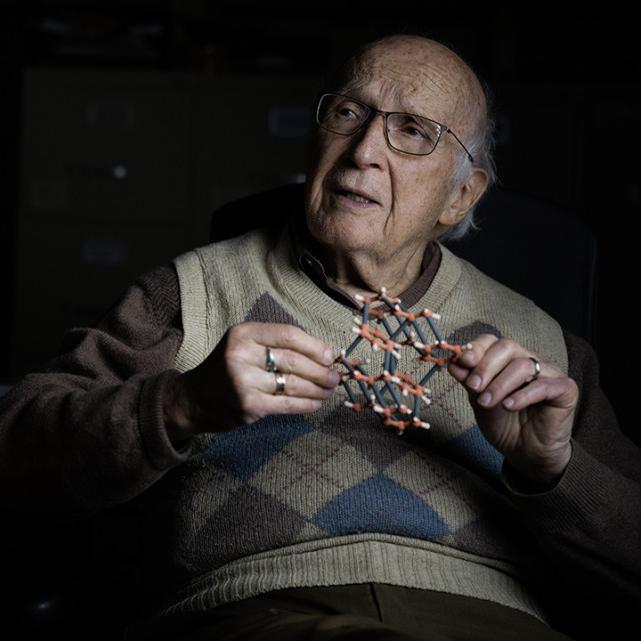Chipsats: R-Selected Spacecraft by CSI members V. H. Adams and Mason Peck; email: mp336@cornell.edu
This paper introduces R-selected spacecraft as a field of study that draws from concepts in ecology, and introduces the Monarch spacecraft as a case study for a system designed in accordance with the principles of this field. The Monarch is a 2.5-gram spacecraft that is the first to trade quantity, rather than cost, for low mission risk. By taking advantage of recent technological advancements in unrelated disciplines and taking a statistical approach to mission assurance, R-selected spacecraft open the door to an entirely new paradigm in space access and exploration. This paper describes the challenges and advantages unique to gram-scale, R-selected spacecraft. It also presents a number of use cases --- involving distributed in-situ sensing and planetary science --- that are unique to spacecraft of the Monarch's diminutive size and large quantity. Results from simulated lunar impact survival tests are presented and discussed, suggesting one particular use case. Video demonstrations of distributed sensing, leaderless cooperation, routing, actuation, GPS acquisition, and powering are provided in the supplementary materials to illustrate the viability of some entirely new mission concepts.
 Hunter Adams, Mechanical & Aerospace Engineering
Hunter Adams, Mechanical & Aerospace Engineering Mason Peck, Mechanical & Aerospace Eng.
Mason Peck, Mechanical & Aerospace Eng.





